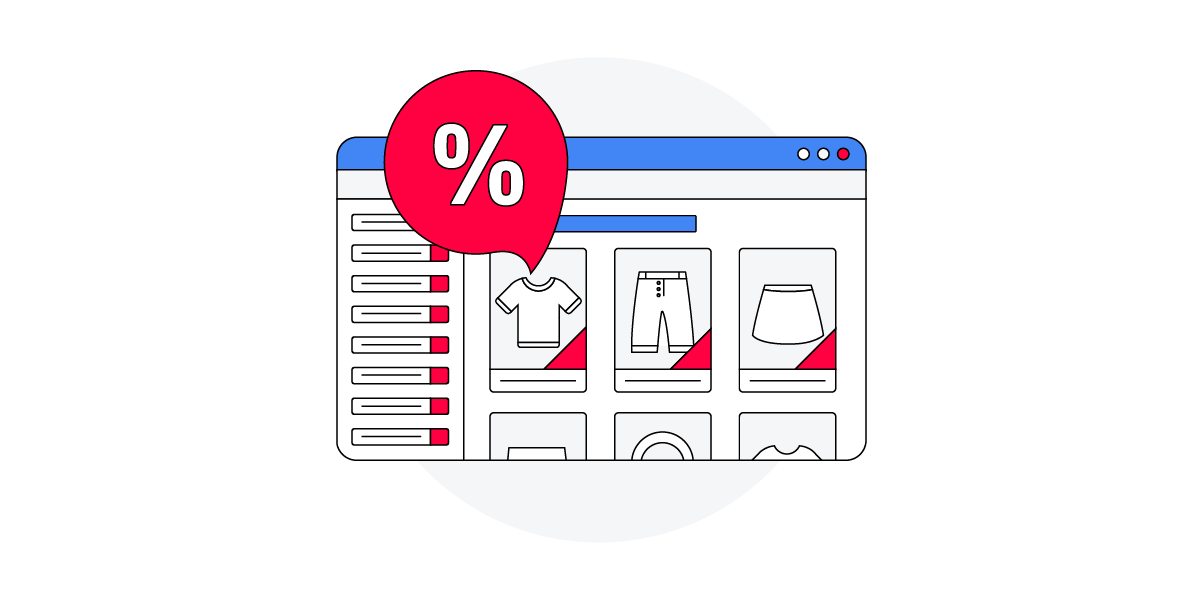In the wake of the coronavirus pandemic, inventory build-up is proving to be a big problem.
But how can high-end retailers promote their discounts and still maintain a sense of exclusivity? Here’s a look at various tactics from some premium names in the industry.
CQP’s separate sale site
For brands that are reluctant to slash their prices, partnering with a resale or outlet store can be an effective way to shift inventory. Another is to set up an entirely new brand website dedicated to discounts, which is what luxury shoe brand CPQ did earlier this year with CPQ Archive.
Speaking to the FT, CPQ founder Adam Lewenhaupt summed up the benefits: “It’s a way to sell overstock without cannibalising on our (full-price) business.”
With people unable or more reluctant to shop in person due to Covid, the site has also enabled CQP to shift sale events that would usually happen in-store to an online platform.
The CQP Archive allows customers to experience a ‘sample sale’ albeit in a digital capacity, retaining its exclusive nature, too, as the site is only open for a limited time.
Lululemon’s ‘Made Too Much’
Lululemon is not always thought of as a luxury retailer, but it is certainly one of the most high-end athleisurewear brands out there.
In order to maintain its premium reputation, Lululemon deliberately avoids typical sales marketing, which usually involves positioning items as ‘bargains’ or using urgency and scarcity to encourage customers to buy.
Instead, Lululemon groups its sale items under the category ‘We Made Too Much’, which deliberately references its overstock issue.

The language instils the idea that the items didn’t sell due to lack of interest or poor quality, but that the brand simply overestimating the amount needed. While Lululemon has used this tactic for a number of years, it taken on a new meaning since Covid-19 has undoubtedly forced the brand to increase discounting.
Of course, there are product listing pages which use the word ‘sale’ in their title tag (and URL), so Google searchers will find the deals they’re looking for.

Last year, Lululemon also launched luxury streetwear label called Lab. Interestingly, Lab doesn’t promote sale items in the same way, or very much at all in fact, instead choosing to subtly mark down prices on product pages. This again aligns with the brand’s higher-end status, which avoids in-your-face mark downs.
Rejina Pyoo’s 24-hour flash sales
Luxury retailers who wouldn’t otherwise reduce prices have found themselves forced to do so due to Covid.
Back in April, independent luxury designer, Rejina Pyo, launched a series of flash sales, with each item being discounted for 24-hours only.
The brand announced the sales on Instagram in order to generate as much interest as possible, as well as also to maintain a sense of community around its brand. This effectively created hype and excitement about each sale, too, meaning that customers felt like they were getting their hands on something exclusive, as opposed to it simply being a way for the brand to get rid of some stock.
Additionally, the brand donated 30% of the proceeds from each sale to a London-based charity, which again helped to offer another incentive beyond a mere discount.
OnTheList’s third party flash sales
Flash sales are becoming a popular tactic for brands, particularly in China, where the demand for luxury goods is high. As previously mentioned, this tends to be a strategy for brands that need to get rid of unsold stock (without resorting to destroying clothes).
OnTheList is a relatively new and popular example – it is an online and in-store discounting company that offers members exclusive access to flash sales. Speaking to Jing Daily, founder of OnTheList, Dultzin Lacoste, says: “If you are a brand organizing end-of-season sales in the store, you get the same customers at the end. But with flash sales, there can be a new customer, a younger one, who may not have the purchasing power to buy those brands at full price, and the idea is to connect with them.”
OnTheList has partnered with 300 luxury brands so far including Emilio Rossi, Samsonite, Armani, and DVF.
Third-party resale sites offer both positives and negatives for luxury brands. On one hand, the discount doesn’t necessarily dilute the luxury brand’s own customer experience – as the experience is owned by a third party (such as OnTheList). On the other hand, however, luxury brands have little or no control over how they are marketed, meaning that brands do need to be careful about who they partner with.
Harrod’s Westfield outlet
Harrods is an example of a luxury brand taking control of its own customer experience, having recently opened an outlet in London’s Westfield Shopping centre. With the store aligning with the main Harrods brand (but still separate enough to have its own identity, with a different look and feel) – Harrods is able to fulfil a new promise to customers of a more accessible and affordable store.
The outlet’s separate location also means that Harrod’s prestige is not diluted for long-term and loyal customers who only visit its flagship Knightsbridge location.
It’s here! @Harrods Outlet is now open. Discover end-of-season offers from over 100 internationally renowned brands across fashion, beauty, home and more. See all in-store safety measures and opening hours here: https://t.co/QzC9HhIV1l pic.twitter.com/MFFGe94fE2
— Westfield London (@westfieldlondon) July 3, 2020
Charles Simon’s understated email
Instead of heavily promoting sales on-site or social media, email can be a great way for luxury retailers to let its best customers know about discounts.

Image via Reallygoodemails.com
Luxury luggage brand Charles Simon uses a subtle email design and message to tell customers about its summer sale.
There’s nothing urgent or tacky about the tone, and the imagery still retains the brand’s understated and premium reputation.
Ecommerce Best Practice Guide







